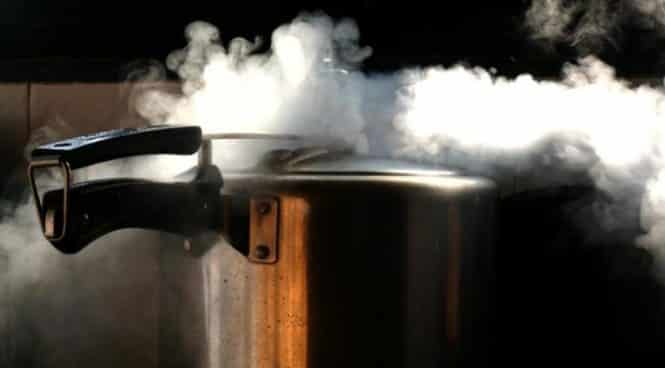
The Science of Pressure Cooking
Pressure cookers are appliances used in almost all kitchens all over the world. These appliances are known for their ability to greatly decrease cooking time and preparation time of a wide variety of meals. Furthermore, pressure cookers are versatile in a way that they can cook a range of foods from eggs and vegetables to lean beef cuts and lamb chops.
As an example, risotto rice which normally takes 25 minutes to cook can be done in 6. A flavorful chicken broth can be done in only 90 minutes. Steaks can be tenderized in less than half an hour. These are quite a few examples of the speed and power of which pressure cookers can generate to improve cooking times without compromising taste.
Pressure cookers are basically ovens in which they are able to generate enough heat in a short amount of time. The secret to this are two things; water and the use of steam.
To begin with, a normal pot of water needs heat of about 100 degrees Celsius before boiling. Inside a pressure cooker, this temperature increases to about 121 degrees Celsius.
The reason is because the pressure cooker is an enclosed vessel and causes a buildup of pressure which in turn delays the boiling of water.
Pounds per Square Inch (PSI)
The unit of measurement of pressure cookers is pounds per square inch or PSI. We use seconds, minutes and hours to measure time. We use meters and kilometers to measure distance. In pressure cookers, PSI refers to the amount of pressure being forced into food per square inch.
A standard pressure cooker has three settings; low, medium and high. Low settings are usually set at 3 PSI with an equivalent of 220 degrees Fahrenheit. Medium settings are set at 10 PSI or 235 degrees Fahrenheit. High settings are at 15 PSI or 250 degrees Fahrenheit. Each setting will create a bit of a hiss when full pressure is reached.
With, for example, 10 PSI pressing onto the food for a duration of 20 minutes, how come the food is not pulverized to a pulp? The reason behind this is that pressure is evenly exerted onto the food. This means that the whole surface of the food experiences an equal amount of pressure. Think of this as hitting a steak with a big hammer and not a pickaxe.
Heat Inside the Cooker
As mentioned, pressure cookers can generate a maximum of 15 PSI or about 235 degrees Fahrenheit (112.78 degrees Celsius). With the force of 15 pounds pressing onto a slab of meat and a 112 degrees Celsius expanding upon it, it is no wonder why the pressure cooker is able to greatly decrease cooking times.
Of course, a huge amount of the pressure and heat generated by the pressure cooker depends on the amount of water used. A rule of thumb is that grains, beans, vegetables and fruits should only have a cup of water, assuming that the amount equals to 100 grams. For meats and poultry of the same amount, it is best to use 2 cups of water.
